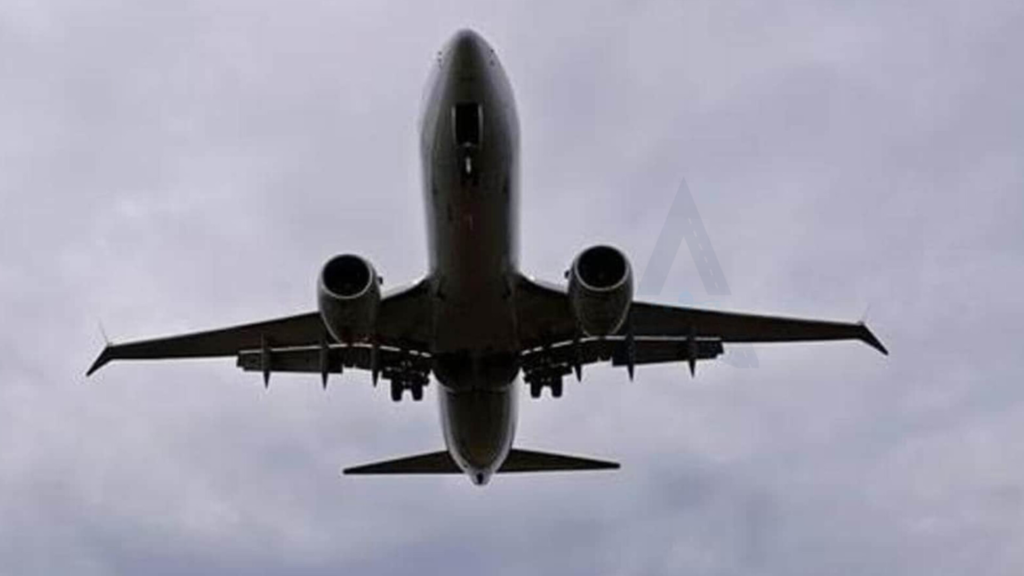Aviation in India is a sector that is constantly evolving, driven by the need to balance the rapidly growing demands of passengers with the highest standards of safety and regulation. The Directorate General of Civil Aviation (DGCA) and the Civil Aviation Authority (CAA) have long been the cornerstone of this regulatory framework, playing crucial roles in overseeing flight operations, safety standards, and pilot licensing. However, the aviation ecosystem is far more complex than what these regulatory bodies alone can manage. To truly ensure the sustainability and growth of the sector, it is essential to look beyond the conventional role of the DGCA and the CAA and explore the larger network of stakeholders and innovations that can bolster India’s position as a global aviation hub.
The regulatory frameworks provided by the DGCA and the CAA have been essential in establishing a baseline for aviation safety, managing air traffic, and ensuring compliance with international standards. But as the volume of air traffic rises and new technologies emerge, the limitations of these bodies become evident. The bureaucratic processes, while aimed at ensuring comprehensive oversight, can also slow down innovation and adaptability. Furthermore, these agencies are primarily focused on traditional aviation infrastructure and practices, and as a result, newer trends like unmanned aerial vehicles (UAVs), artificial intelligence in aviation, and green technology face regulatory bottlenecks.
To keep pace with the fast-moving aviation landscape, a broader vision for regulation and management is required. There is a need for specialized agencies or partnerships with private sector players who can act as accelerators for innovation, technology, and services. For instance, while the DGCA focuses on safety protocols, a separate entity could prioritize research and development in advanced aviation technologies such as electric aircraft, autonomous flight systems, and hydrogen-fueled planes, which are crucial for the future of aviation. India is at a crossroads where embracing cutting-edge aviation technologies could not only make air travel more efficient but also environmentally sustainable, thus aligning with global climate goals.
Another aspect to consider is the evolving expectations of passengers. With the rise of middle-class disposable incomes and an increasing appetite for domestic and international travel, the quality of customer service has come into the spotlight. The DGCA plays an important role in protecting consumer rights, but this role could be enhanced through the involvement of other government departments and private players who specialize in customer experience, digitalization, and passenger welfare. A collaborative effort between regulatory authorities and airlines can focus on improving everything from flight punctuality to baggage handling and ensuring a more seamless travel experience for passengers.
Additionally, the aviation sector is a significant generator of employment, not just for pilots and crew but for ground staff, engineers, air traffic controllers, and support services. To optimize the sector’s contribution to economic growth, there is a need for more comprehensive workforce development strategies that go beyond pilot training and safety management. Institutions, universities, and private training academies should be encouraged to offer specialized courses in aviation management, cybersecurity in aviation, and data analytics for air traffic management. This would not only ensure a steady supply of skilled professionals but also contribute to the modernization of the aviation sector in India.
There is also a growing need for better coordination between civil aviation authorities and other sectors of government, particularly those involved in infrastructure, urban planning, and defense. Airports are no longer just points of departure and arrival; they are becoming interconnected ecosystems that are central to the economic growth of cities and regions. As India expands its airport infrastructure under the Regional Connectivity Scheme (RCS), which aims to make flying affordable and widespread, it is important to integrate aviation growth plans with urban development strategies. Better transportation links, integration of smart technologies, and sustainability planning at airports can be achieved through collaboration across multiple sectors.
Finally, a focus on environmental sustainability is becoming inevitable in the global aviation industry, and India is no exception. While the DGCA ensures compliance with environmental regulations, broader initiatives are needed to reduce the carbon footprint of the aviation industry. The development of sustainable aviation fuels (SAFs), the electrification of airport services, and the adoption of carbon offsetting programs require the involvement of both private sector innovators and government agencies. Looking beyond traditional regulatory authorities like the DGCA and CAA, international collaboration with bodies such as the International Civil Aviation Organization (ICAO) and the International Air Transport Association (IATA) will be essential in setting benchmarks for sustainable aviation in India.
In conclusion, while the DGCA and CAA have been instrumental in maintaining the safety and regulatory standards of Indian aviation, the future requires a more dynamic, inclusive, and forward-thinking approach. The aviation industry’s challenges are multifaceted, encompassing not just safety and regulation but also innovation, customer experience, workforce development, environmental sustainability, and infrastructure planning. To meet these challenges, it is crucial to look beyond traditional frameworks and create a collaborative ecosystem that leverages the strengths of both public and private sector stakeholders. Only then can India truly capitalize on its aviation potential and emerge as a leader in the global aviation market.
